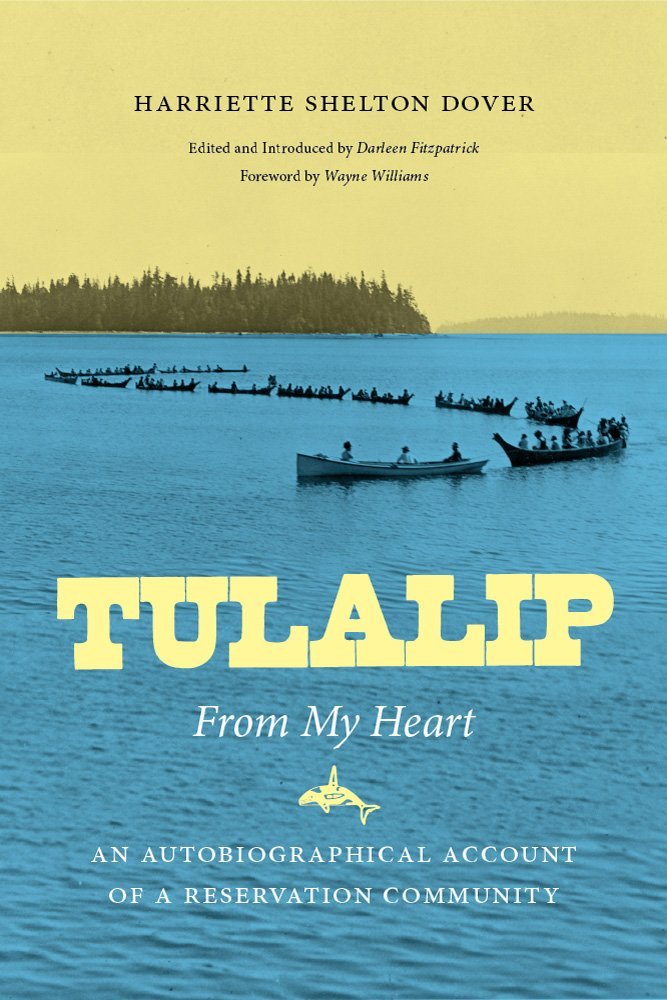Source: Indian Country Today Media Network
“Walking With Our Sisters” is a commemorative art installation for the missing and murdered indigenous women of Canada and the United States.
Representing the unfinished lives of over 600 missing or murdered Indigenous women in Canada, the Walking With Our Sisters project contains only part of a moccasin, the vamp. The vamp, the top part of a moccasin, is most visible and is often beautifully decorated.
Walking With Our Sisters is a commemorative art installation to honor the lives of missing and murdered Indigenous women from Canada and the United States. Organizations such as the Native Women’s Association of Canada have documented nearly 600 cases of murdered and missing indigenous women in Canada that have occurred over the past 20 years. Because of gaps in police and government reporting, the actual numbers may be much higher according to Amnesty International of Canada. Although similar data is not available in the United States, according to the U.S. Department of Justice, American Indian women are 2.5 times more likely than other races to be victims of sexual assault.
A large collaborative installation artwork, Walking With Our Sisters will be presented as a winding path of more than 300 feet of fabric on which the 600 vamps will be laid on the floor. Visitors will have to remove their shoes to walk along a fabric path next to the vamps.
Christi Belcourt, a painter living in Espanola, Ontario of the Otipemiswak/Michif or Métis Nation, came up with the idea while working on a series of paintings to honor women. She paints in acrylic on large canvases depicting floral designs on black background; the images resemble beadwork, she says.
While envisioning her new project, she began noticing the large number of Indigenous women reported missing by friends and family on Facebook. The lack of response from authorities bothered her as she considered that some of the missing girls were the same age as her 15-year-old daughter.
The idea of creating a work that would at once honor and provoke discussion about the number of missing and murdered Indigenous women emerged. “It just blended together,” she recalls.
At first she considered doing the project alone, but the idea of beading six hundred pairs of moccasin tops was daunting, so she began sending out Facebook messages asking for help. Within days she had commitments from more than 200 people who wanted to create vamps for the project. Soon, the project took on a life of its own; she got inquiries from other artists who wanted to get involved as well as people asking how the installation could be brought to their communities.
Belcourt envisions the installation this way: after cedar is laid down on the floor of the exhibition or gallery space, red cloth will be placed over the top. A gray fabric path will wind over the red cloth, its shape defined by the size and dimensions of the space. The vamps will then be placed on the gray path, allowing people to walk beside them. Tobacco will be available at the entrance to the pathway for those who wish to use it for prayer. People can place the tobacco in a vessel at the exit of the installation.
“The installation becomes a place for prayer,” she explains. “There is also sensory memory that people will take with them after leaving the exhibit. It’s not like walking into a space and just seeing work, you have to experience this.”
Before the exhibit is set up in its first venue—the Haida Gwaii Museum in Haida Gwaii, British Columbia for an August 23 opening—Walking With Our Sisters collective members will feast the vamps in ceremony. This sends a message that the artists are following traditional protocol and will encourage those hosting the installation to honor it with their own traditional ways, according to Belcourt.
Each pair of vamps represents the unfinished life of one woman. Belcourt and the creators of Walking With Our Sisters hope that the experience of walking next to the vamps will have a strong impact on participants and encourage people to begin speaking about the issue of missing and murdered women. “There has been an awful silence around this,” she observes. “There has been a silence by government, by police and by the dominant society; it’s as though Indigenous women’s lives aren’t considered important,” she says.
Belcourt’s hope is that visitors to the installation will be empowered to speak about this to other people and that concern will spread. She notes that there has been a call to the Canadian government for a national inquiry into the issue of missing and murdered Indigenous women. “So far, the government has resisted this call,” she says.
Belcourt and her fellow artists received funding by crowdsourcing via Rockethub, Twitter and Facebook. So far, they have raised about $5,000, which covers fabric and supplies. “No one is getting paid for this work, it is 100 percent volunteer,” she adds.
So far, the exhibit is booked to tour through 2018 in Canada and the U.S.
Belacourt says that if she receives more than 600 vamps, the “overage” will be incorporated into the project. “It is widely believed that there are more than 600 missing and murdered Indigenous women. The 600 number refers to the cases verified by the Native Women’s Association of Canada,” she notes.
The following description is listed on the Facebook Walking With Our Sisters page under the “about” tab, “This project is about these women, paying respect to their lives and existence on this earth. They are not forgotten. They are sisters, mothers, daughters, cousins, grandmothers. They have been cared for, they have been loved, and they are missing.”
To learn more about Walking With Our Sisters or to make donations, visit the Facebook group page or e-mail Christi Belcourt at WWOS@live.ca.
Read more at https://indiancountrytodaymedianetwork.com/2013/07/03/waiting-other-shoe-drop-exhibit-honors-missing-murdered-women-150263











